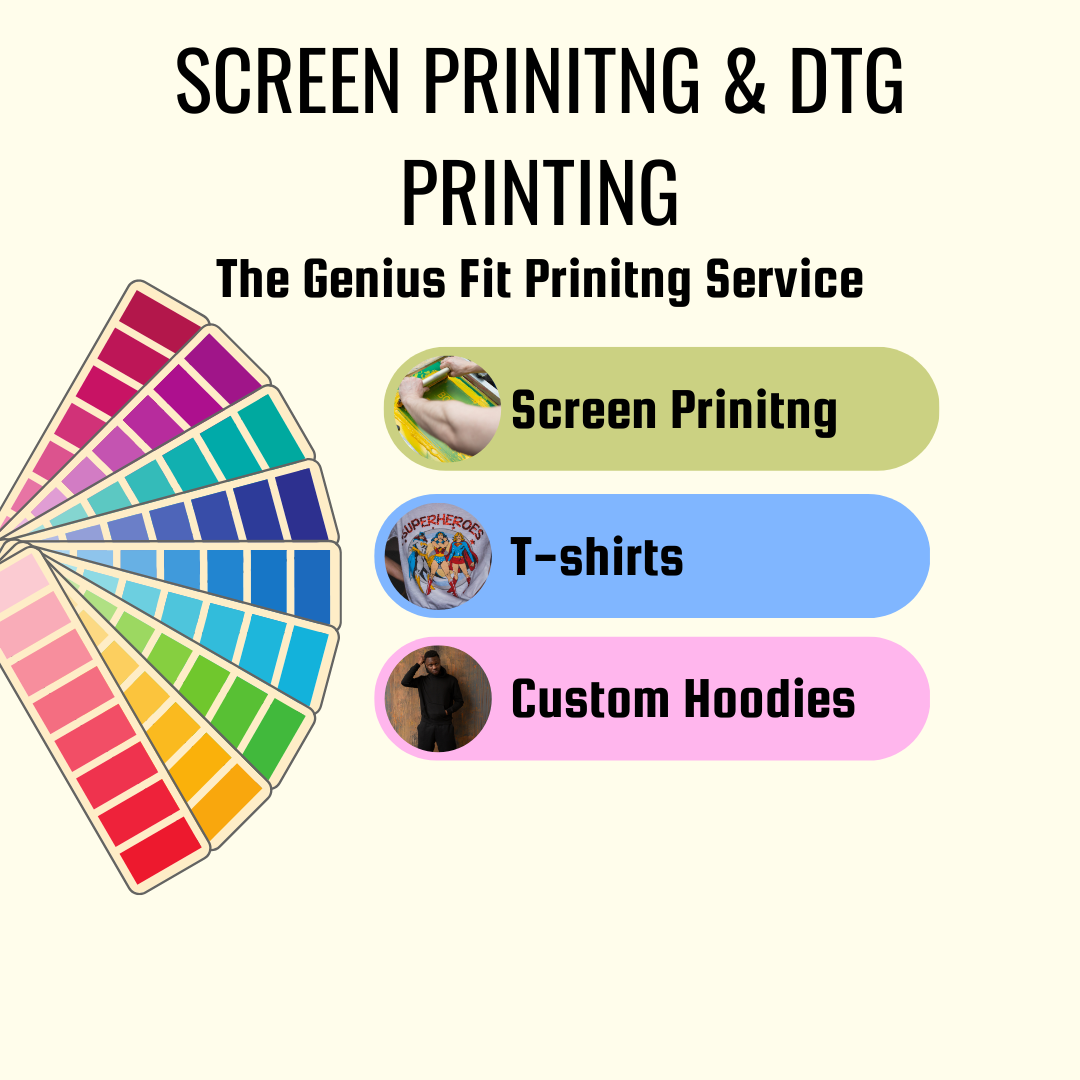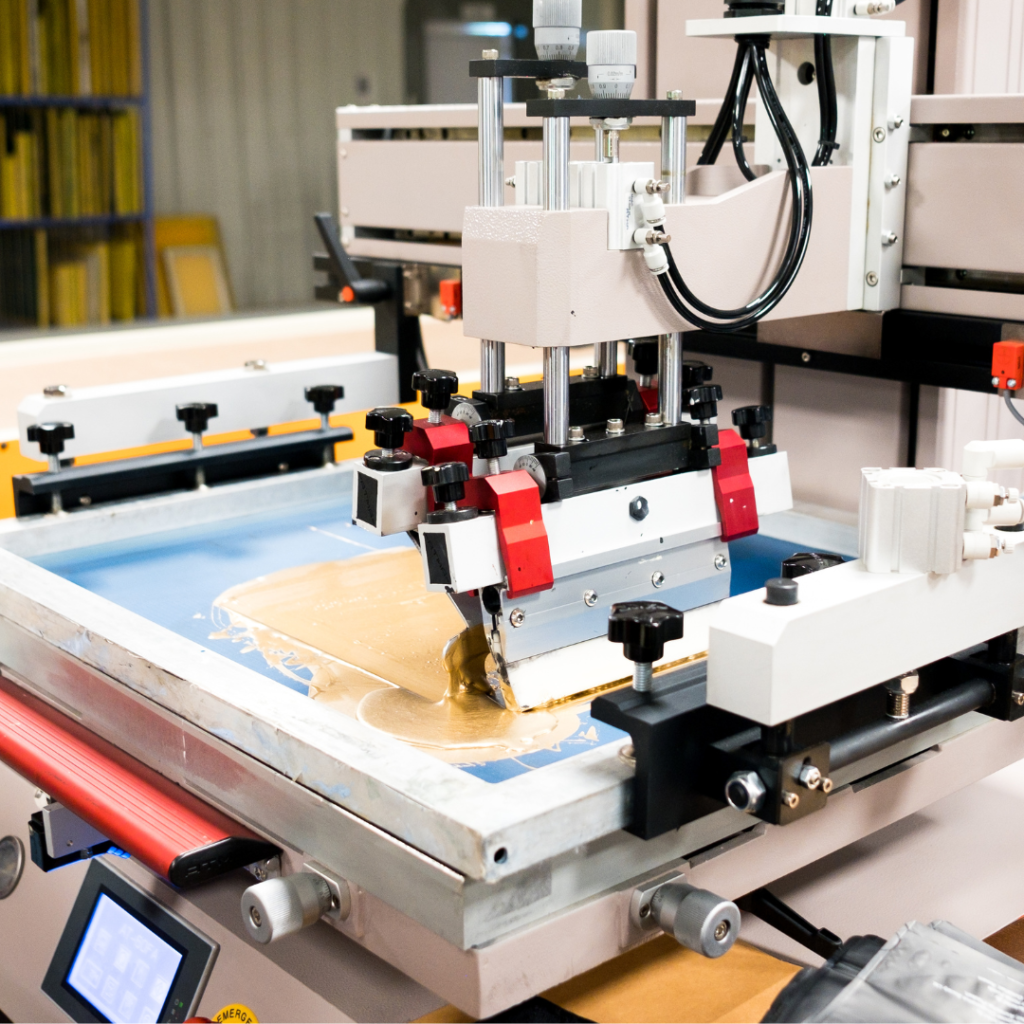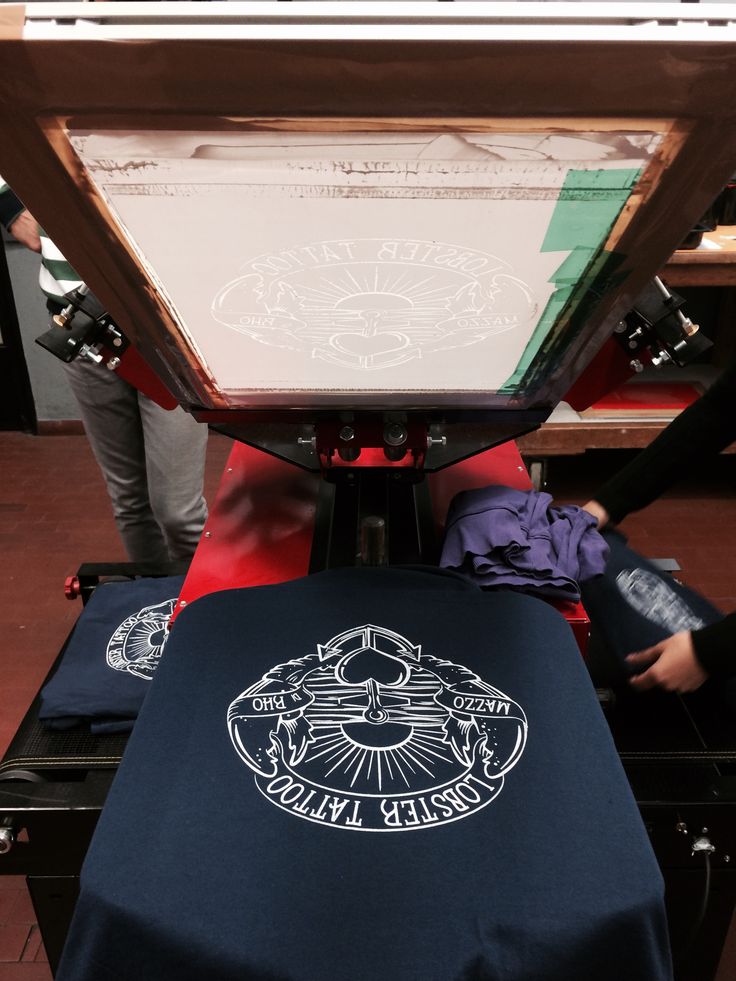How to Screen Print T-Shirts?
Screen printing, a method employed to imprint graphic designs onto various garments like T-shirts, demands considerable time and effort during setup. Utilizing a squeegee, thick inks are applied, yielding optimal results particularly on dark shaded shirts, shorts, jeans, jackets and hoodies. Rather than being absorbed, the ink rests atop the fabric. Such a process allows folks to get their hands on apparel such as custom t-shirts by getting their favorite custom print screen printed on it.
Meanwhile, some may try custom t-shirt printing at home, others search for “t-shirt screen printing near me” on search engines to directly buy quality Premium Bulk t-shirts without wanting to go through the effort of DIY. However, it doesn’t matter if you came here to learn a few pointers about screen printing for DIY purposes or you just want to know what it is really, this blog will, nevertheless, help you get familiar with the idea of screen printed shirts.
The Rigorous Process of Screen Printing:
Screen printing entails a comprehensive sequence of tasks, including preparing the silk screens, employing distinct stencils for each hue, ensuring precise color blending, passing the shirt through the press, air-drying it, and ultimately achieving the desired outcomes. The entirety of the screen printing procedure is manual and demands precision.
To get started, you may first gather all materials such as:
- screen printing frame or screen
- screen printing ink, squeegee
- t-shirt blanks
- screen printing emulsion
- light source (such as a bulb or sunlight)
- design (either hand-drawn or digitally created)
Now, follow each step meticulously to get the best results.
- Consider designing a T-shirt with a simple pattern. Remember, uncomplicated designs with minimal colors are ideal for those starting out.
- Then apply a coat of photo emulsion onto the screen with a scoop coater, ensuring even coverage across the entire screen surface. Next, allow the emulsion to dry in a dark, light-free area, which typically takes several hours.
- Position your design on a transparency film and place it over the dried emulsion-coated screen. Then, illuminate the screen with light, utilizing either a light table or natural sunlight. The light will solidify the emulsion everywhere except where your design obstructs it.
- The duration of exposure depends on the emulsion type and light origin.
- After exposure, cleanse the screen with water. The portions of the emulsion obstructed by your design will be washed away, resulting in a stencil on the screen.
- Lay your T-shirt out smoothly on the printing area and affix it using tape or adhesive to prevent any shifting while printing. Position the screen over the T-shirt, ensuring the design aligns accurately.
- Apply a streak of ink above the design on the screen. Keep the screen steady with one hand and smoothly drag the ink across the design using a squeegee, applying consistent pressure.
- Gently elevate the screen to unveil the design imprinted on the T-shirt.
- For replicating the same design on numerous shirts, repeat the procedure, ensuring to reapply ink to the screen each time.
- Post-printing, allow the ink to thoroughly dry. You can either let it air dry or expedite the process using a heat source such as a heat gun or a clothes dryer.
- To guarantee the longevity of the print after washes, the ink must be cured. This can be achieved by heat-setting it with a heat press or by ironing the printed area on high heat for a few minutes.
- Immediately clean your screen and squeegee after printing to prevent the ink from drying and obstructing the screen.
Is DTG Printing a better option to make custom shirts?
Direct-to-Garment (DTG) operates swiftly, expediting the process of producing custom clothing. In this method, a specialized printer with inks suitable for textiles is used to apply the design directly onto the fabric while the garment sits on a flat surface. In essence, this technique of printing mirrors the functionality of an inkjet printer. Facilitating the printing of myriad hues and complex t-shirt designs onto shirts.
However, despite DTG tee shirts being quick to make, one must know that this method isn’t the best to use for production of bulk wholesale t-shirts. Therefore, smaller businesses may employ DTG printing to bear the fruits of its many benefits such as high quality prints with complex color schemes. Personalizing artworks fully to entertain customers with peculiar tastes and demands. To answer the main question, is DTG printing better than traditional screen printing? I would say that depending on what you are looking for, it is the best way to print custom shirts, hoodies and jackets in a short amount of time without investing the same amount of money required for conventional screen printing. So, in a nutshell, DTG printing is a fast, cost-effective, simple and highly convenient process for making printed shirts. On the contrary, conventional screen printing is the best for large production of garments.
Final Words:
Screen printing is a creative process that requires you to be crafty and handy simultaneously. If you have any questions regarding this technique or anything else, contact us via our live chat support and our super responsive team at The Genius Fit will be happy to walk you through it all.



